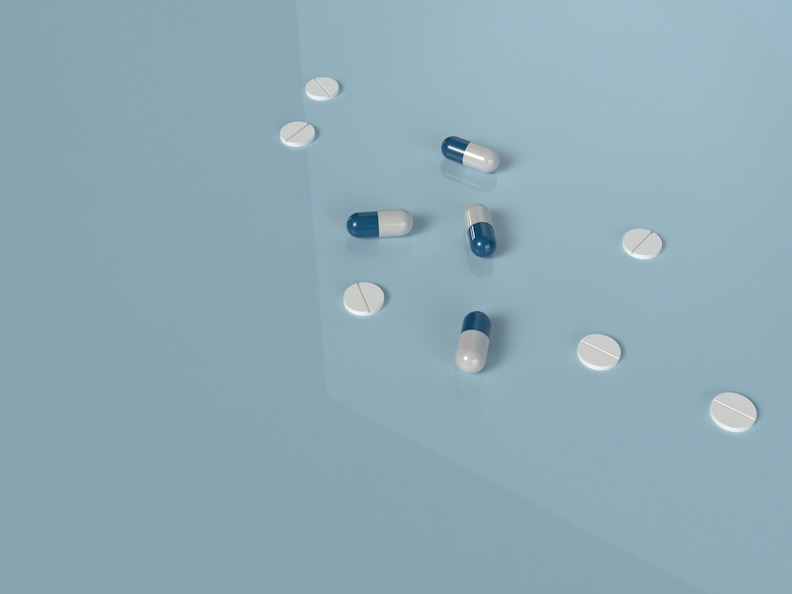There’s a quiet shift happening in addiction treatment across the country, one that’s trading outdated methods for something more human. The American fentanyl crisis has exposed how fragile the old systems were. It forced an uncomfortable truth into view: recovery has to evolve, not just expand. What’s emerging now is a model that looks less like punishment and more like possibility.

How the Landscape Changed
For decades, treatment for opioid addiction followed a narrow template. It was often reactive instead of responsive, institutional instead of personal. Then fentanyl hit the streets, changing everything. Suddenly, traditional programs designed for prescription pill misuse or heroin dependency couldn’t keep up with the potency or speed of this synthetic drug. Overdoses climbed, communities struggled, and the gap between what people needed and what was available grew painfully wide.
But where systems faltered, individuals began reimagining the path forward. Recovery specialists, therapists, and advocates started building bridges that didn’t exist before. Programs became more accessible, with recovery coaches working alongside medical professionals, and online counseling replacing rigid in-person attendance. It was messy at first. But it worked because it met people where they were instead of asking them to fit into an outdated mold.
The Role Of Leadership In A Shifting System
Even healthcare leaders, once boxed in by bureaucracy, are beginning to take cues from the lived experiences of those they serve. That’s what’s setting this movement apart. The hierarchy is flattening. Instead of top-down decisions dictating treatment plans, providers are incorporating feedback from patients in real time. The result isn’t just better care, but a deeper sense of trust that’s been missing from addiction recovery for years.
Clinics are now prioritizing transparency and flexibility. They’re building smaller, integrated teams that collaborate daily instead of relying on months-long reviews or endless paperwork. It’s no longer about hitting quotas or meeting state metrics. It’s about getting someone through another day safely. When leadership becomes compassionate instead of clinical, the entire culture shifts.
The Digital Bridge To Recovery
Technology’s role in this evolution has been transformative. What once seemed impossible—personalized, confidential addiction treatment accessible from home—is now the standard in many areas. Telehealth rehab isn’t just a convenience; it’s a lifeline for people who can’t travel, fear stigma, or have families depending on them. The structure of these virtual programs still offers accountability, but without the harshness that often drove people away from traditional centers.
That accessibility also extends to 12-step programs on a PHP, or partial hospitalization program, model. These setups offer the structure of hospital-grade care while keeping participants connected to everyday life. It’s an environment that respects privacy, stability, and human dignity—all key ingredients in real recovery. And because finding the right fit is essential, these programs now tailor approaches to personality, history, and lifestyle instead of forcing every participant through the same script.
People who once felt invisible within the system are finding places that see them. That’s the foundation of change.
The Shift From Shame To Connection
There’s a subtle but powerful change in how recovery is talked about today. The conversation has moved away from shame and closer to understanding. The idea of “rock bottom” isn’t being romanticized anymore; it’s being recognized as a dangerous myth. Professionals now emphasize prevention and harm reduction, understanding that survival itself can be a victory worth celebrating.
Social media and community groups have also reshaped what connection looks like in recovery. Virtual meetings, live peer check-ins, and recovery-centered apps are replacing isolation with conversation. The message is clear: there’s no single right way to heal. That message, once radical, has become the new backbone of progress.
Communities are backing these programs, too. Local businesses sponsor recovery-friendly workplaces, faith-based organizations provide resources without judgment, and small towns are creating spaces for sober social life. Connection is no longer a luxury in recovery—it’s the currency that sustains it.
Why This Moment Matters
The American fentanyl crisis could have left nothing but devastation in its wake, but it’s also revealed how capable people are of building something better when the system breaks down. This generation of recovery professionals isn’t waiting for policy to catch up. They’re designing solutions that make treatment accessible, humane, and realistic.
It’s no longer about labeling or limiting people. It’s about restoring agency, giving every person the chance to write a new story without bureaucracy standing in the way. That shift in mindset is what’s redefining the landscape of addiction care today.
Recovery in America is finally starting to look like the people it serves: diverse, imperfect, and full of second chances. That’s not a weakness—it’s the entire point. The path ahead is still unpredictable, but for the first time in a long time, it’s grounded in empathy and innovation instead of fear and formality.
People also read this: Are Educational Podcasts Boosting Financial Literacy?

